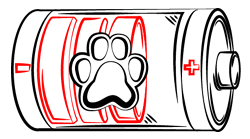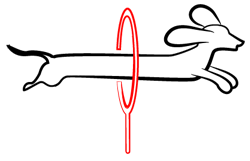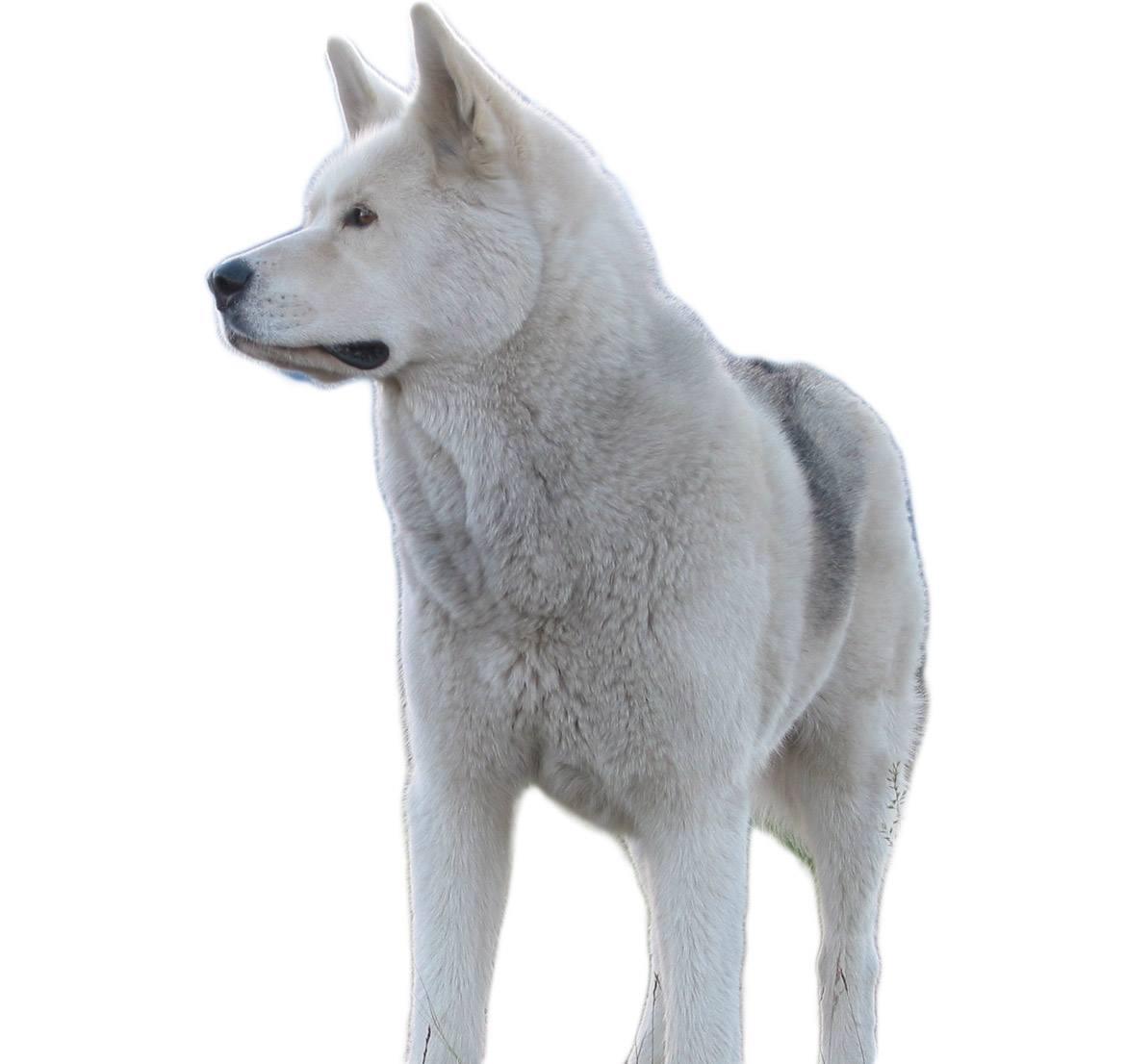
Paws ‘N’ Pups Quickview
Size
| Energy Level
| Trainability
| Paws ‘N’ Pups Rank
|
Characteristics
| Physical Characteristics: Height: 22-26” Weight: 70-120 lbs. Energy Level: Moderate – High | Colors: The Huskita is found in the following colors:
|
Health & Longevity
Average Life Span: 12-15 years
The Huskita is a hybrid breed of the Siberian Husky and the Akita. This breed is considered healthy for the most part, with just a few major and secondary health concerns to watch out for. When it comes to your puppy, make sure that you choose a breeder who is considered reputable and tests his or her dogs for any diseases and genetic conditions. Working alongside a breeder can help ensure that you have a healthy puppy on your hands.
The conditions to look out for in your Huskita include eye problems, bloat, hypothyroidism, obesity, and hip dysplasia.
Eye problems are a common secondary problem that occur in the Huskita and can range from eye infections to cataracts or even retinal atrophy. The best way to combat an eye condition or disease is to have your puppy checked regularly at the vet’s office.
Bloat is a condition that affects many large and giant sized dog breeds. This condition is considered fatal if it is not handled in a timely manner. Bloat happens when too much air or gas gets into your puppy’s stomach, which causes the stomach to expand and to place pressure on the other organs around it.
Hypothyroidism is a condition that affects the thyroid gland and does not allow it to function properly. This can lead to obesity, or it can cause your Huskita to have trouble gaining weight. This condition is usually addressed through an appropriate diet and medication.
Your Huskita is prone to obesity, which means that you need to pay special attention to the food that you feed him or her. You also need to make sure that you do not feed your puppy a lot of wet food as this does not provide a lot of nutrients and can lead to obesity. If you think that your puppy has a weight problem, it is important to speak with your veterinarian, especially since this breed can have thyroid problems.
Lastly, your Huskita may have hip dysplasia, which is a painful condition for your pup. This condition occurs when your puppy’s hip joint does not form properly or does not fit into the hip socket.
The Huskita’s life expectancy is 12 to 15 years.
Temperament & Train-ability
The Huskita is considered to be a protective dog, but also loving and confident at the same time. Your puppy can make a good watchdog if this is what you want him or her to do. You will find that this breed is often wary of strangers and will not readily accept them in your home when you are away.
While this is a protective type of breed, you will find that he or she is gentle with you, your kids, and family. Your Huskita will be loving and affectionate towards you and look for cuddles whenever you have time to give them.
This breed is known to be a bit headstrong, and you may find that his or her confidence allows him or her to be a bit stubborn. This breed is loyal to his or her owner, but this breed is not recommended for a first-time owner.
Your Huskita will not make a good apartment dog and does have moderate exercise needs. You should provide him or her with mental and physical stimulation throughout the day and also take him or her on a walk or two throughout the day.
This breed does like to play and will do well with human and dog interactive games such as frisbee and tug-of-war.
The Huskita is considered to be a difficult dog to train, and you will likely have trouble as you attempt to train him or her. This breed does exhibit some stubborn and independent behavior when it comes to the training, and you must assert yourself as the dominant pack leader.
If you are not consistent or firm with your Huskita, you will find that he or she will try to dominate you. Remember, this breed is recommended for the experienced dog owner.
Grooming
This breed does have some grooming needs that need to be met. You will find that your puppy sheds quite a bit and you should brush his or her coat once per day to remove any loose hairs. You will find that the Huskita sheds more often in areas that have a hotter climate and sheds less in climates that are cooler.
You do not need to bathe your dog on any set schedule and should only do so when he or she smells bad or is dirty. A damp cloth to the coat may do the trick for small dirt spots.
You do want to make sure that you clean his or her ears once per week and trim his or her nails once per month.
Diet
Your Huskita will consume four to five cups of dry dog food per day. You should ideally feed him or her twice per day and not all at once. This will also help cut down on bloat, as it can be caused from a dog eating too quickly.
When you choose a dry dog food for your pup, make sure that you choose one that is considered to be all-natural and made with fresh, whole ingredients. You want to stay away from the chemicals and by-products.
Also, you do not want to feed your pup too much wet food or a food high in fat as this breed is predisposed to obesity.
Looking for a Huskita?
 Find A Huskita Breeder |  Huskita Puppies For Sale |  Adopt A Huskita |
Cost
A Huskita puppy can cost anywhere between $450 and $1,250 spending on the sex of the puppy and the breeder you choose to work with.
In addition to the cost of the puppy, make sure that you factor in the cost of vet checkups, vaccines, and routine care for your puppy, which can run anywhere from $500 to $1,500 per year.
Paws ‘N’ Pups Ranking
Paws ‘N’ Pups ranks every breed out of 4 with 1 being easiest to integrate into your life and 4 being the toughest – The lower the ranking the better.
Ranking takes into account a few basic factors including cost, skill level needed, high vs low maintenance and how critical regular training is to success. The Huskita can be a great family dog, but does need to have a leader that will set rules and train him or her correctly. This breed does like to lead the pack, so you must be ready to put this behavior to rest. This breed is protective over his or her family and is considered difficult to own and train, if you are inexperienced. This breed ranks a 4.
Breeds Similar To Huskita
 Akita | 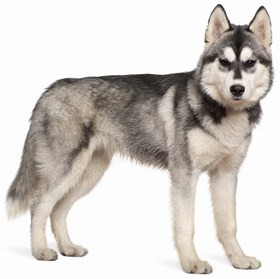 Siberian Husky |  Huskimo | 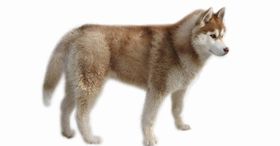 Alusky |


